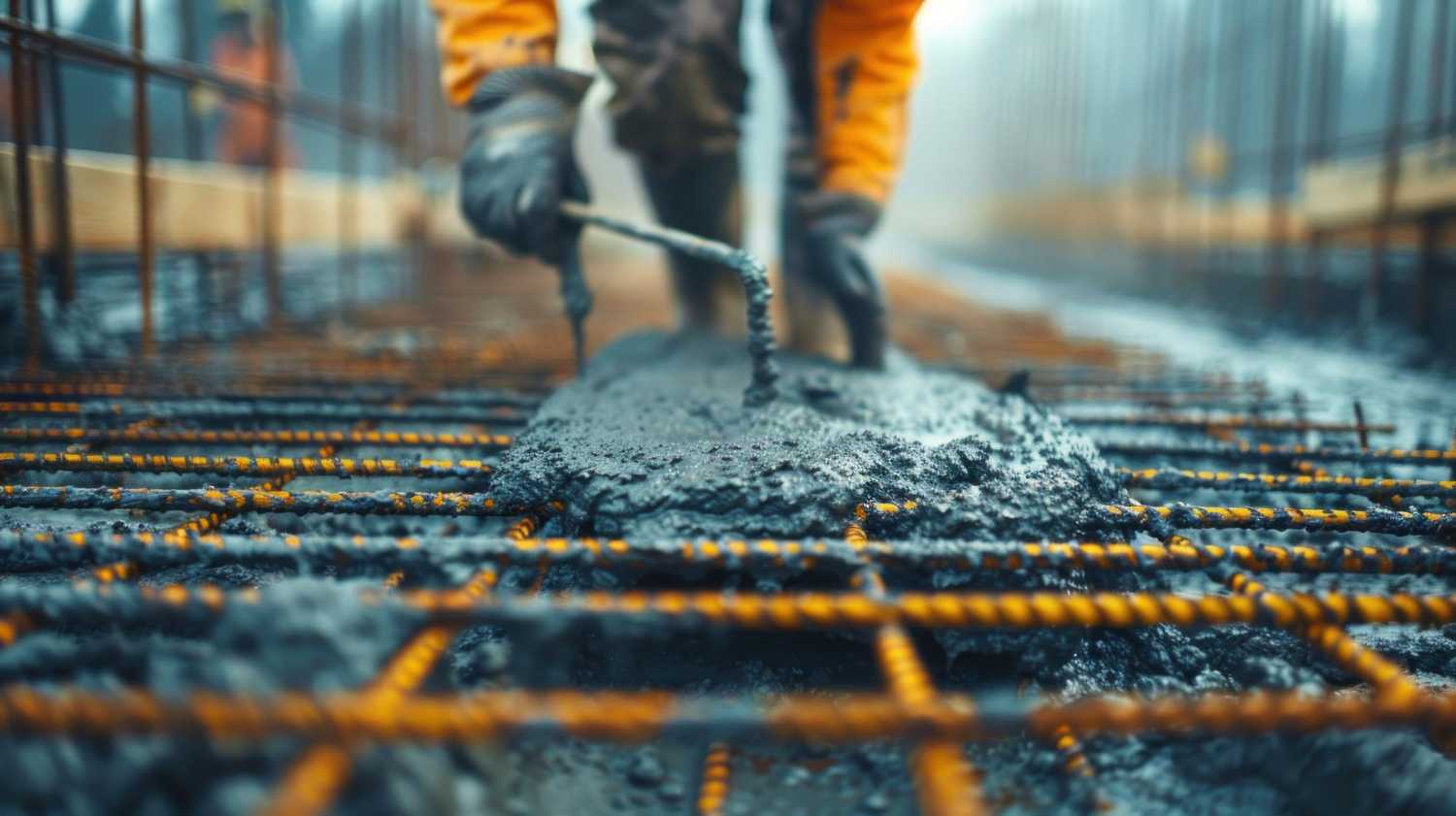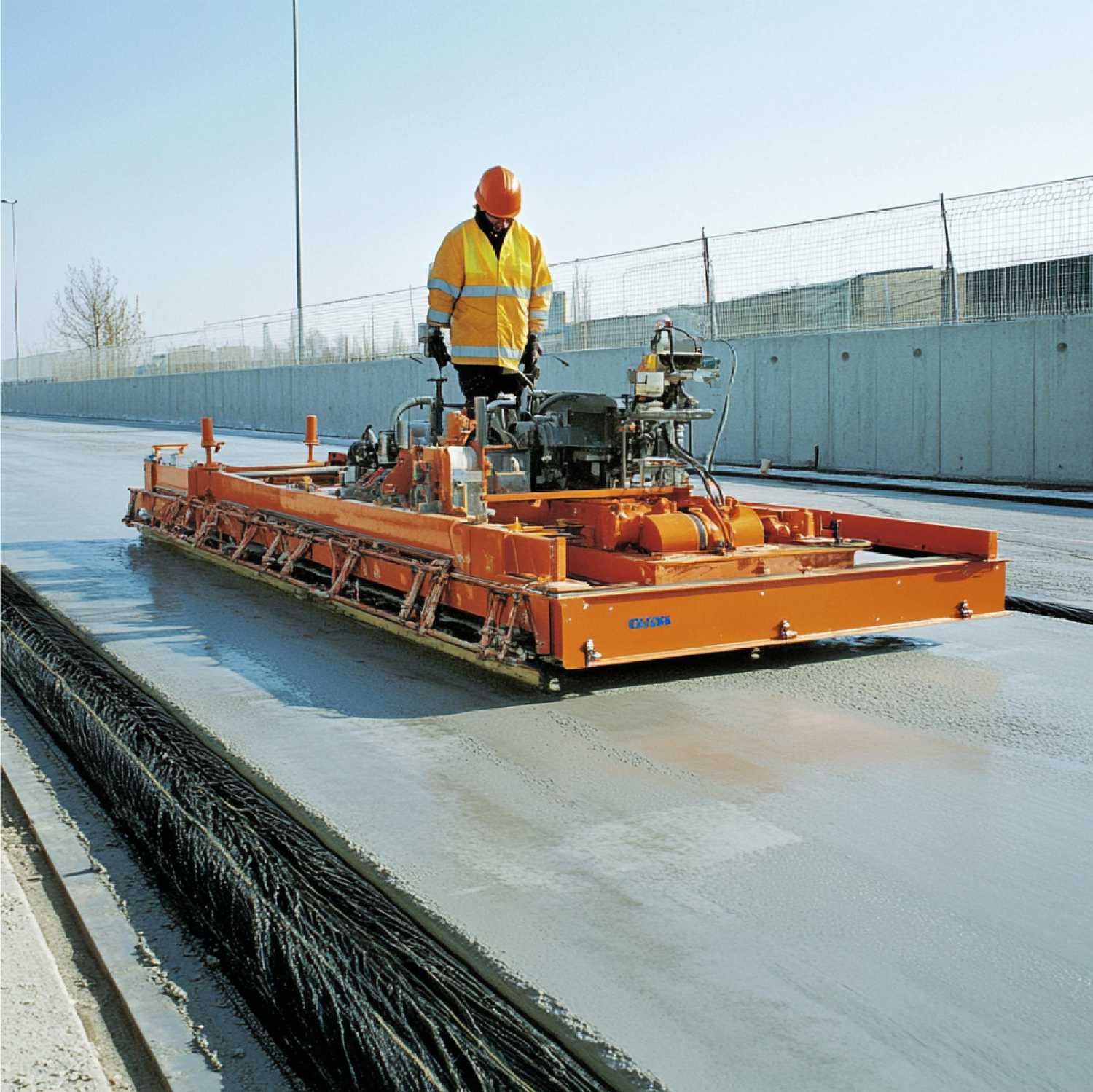Whether you’re a beginner finishing with concrete or an experienced worker, it doesn’t seem easy to grasp the principal influencing the concrete curing time.
In this blog post, Ready Mix Concrete London outlines all the information you need to understand to cover all the details concerning concrete curing and drying and how it affects construction work.
Hardening or curing concrete is important for strength, flexibility, and structure performance. Though studying the outer lining of concrete work, newly done, appears finished and strong in about 12 hours, the process of concrete gaining strength at its nucleus goes on. It is crucial and ideal for preparing a strong, dense top layer suitable for use on driveways, sidewalks, foundations, and other reinforcement functions.
To the frustration of those in the know, the above terms are often used interchangeably when, in reality, they refer to two very different processes:
Term | Definition | Duration | Purpose |
Curing | Curing is the chemical process whereby water is combined with cement to produce a hard material of superior quality. | In most cases, it ranges from 7 up to 28 days. | Essential for giving concrete its strength and resistance to cracking. |
Drying | Drying occurs concurrently with curing and after to achieve the right moisture content suitable for concrete application (floors, tiles, sealing, among others). | Depending on environmental factors and slab thickness, it can take weeks or months. | Ensures the concrete is ready for its specific application. |

Several methods can cure concrete, but water and membrane curing are the most frequent. All of them are crucial in retaining the optimum moisture content required to harden the concrete.
Water curing involves using water to keep the concrete continuously moist. This can be achieved through various techniques such as water pouring, sprinkling, ponding (creating a shallow pool on the surface), or water immersion. By maintaining consistent moisture levels, water curing prevents the concrete from drying too quickly, which can lead to cracking and reduced strength.
In this method, a liquid membrane is sprayed or applied to the surface of the concrete. Once applied, the liquid solidifies to form a water- or oil-based protective layer that seals the concrete and prevents water evaporation. This method is particularly useful when water curing isn’t feasible, as it provides an efficient way to retain the moisture within the concrete while protecting it from environmental conditions.
Both methods are effective, but the choice depends on the project requirements, environmental conditions, and the specific application of the concrete.

Apply curing and protective measures immediately to prevent water loss and maintain proper temperatures in cold, frosty conditions. For thin sections, control surface temperature to avoid excessive gradients. For slabs, use waterproof glass fibre or mineral wool blankets directly on the fresh concrete for effective insulation.
In hot, dry weather with high winds, take steps to manage fast-drying conditions:

Various factors influence concrete curing time; even minor missteps can lead to costly rework. Trust the experts at Ready Mix Concrete London to handle your projects efficiently.
With over 15 years of industry experience, we are equipped to manage commercial projects of all sizes and applications. Save yourself the hassle and materials—call us today!
Navigating the complexities of concrete curing and drying is essential for successful construction projects, regardless of your experience level. By understanding these processes and implementing effective curing methods, you can enhance the strength and durability of your concrete installations. With the right knowledge and practices, you can ensure optimal results for every project.
A boom pump uses a robotic arm (boom) to deliver concrete with precision at height or distance, making it ideal for large-scale and high-rise projects. A line pump, on the other hand, is better suited for smaller, ground-level jobs and uses flexible hoses to deliver concrete. We offer both types depending on your project requirements.
With a boom pump, concrete can be pumped up to 70 metres vertically and over 200 metres horizontally. Line pumps can reach around 150 metres horizontally, depending on the setup and hose diameter. Our experts will assess your site and recommend the best solution to reach even the most challenging locations.
Yes, it’s important to ensure the site is accessible, level, and free from obstructions. There should be enough space for the pump vehicle to park and operate safely. If you’re unsure about access or clearance, our team can provide advice or arrange a pre-site visit.
The duration of a concrete pumping job depends on the volume and complexity of the pour. In general, a typical residential pour can be completed in under two hours. Our efficient service aims to minimise downtime and keep your construction project on schedule.
Yes, concrete pumps can operate in light rain and mild weather conditions, but heavy rain, high winds, or frozen ground may delay or halt operations for safety reasons. We always monitor the forecast and keep you informed of any possible schedule changes.
Yes, all our pump hires include a trained and experienced operator who will handle the equipment and ensure concrete is placed efficiently and safely. They’ll also help guide you through the process on-site, ensuring a smooth pour every time.
Ready Mix Concrete London (Trading as Pro-Mix Concrete Ltd)
Copyright © 2025 | Ready Mix Concrete London (Trading as Pro-Mix Concrete Ltd) | All Rights Reserved.